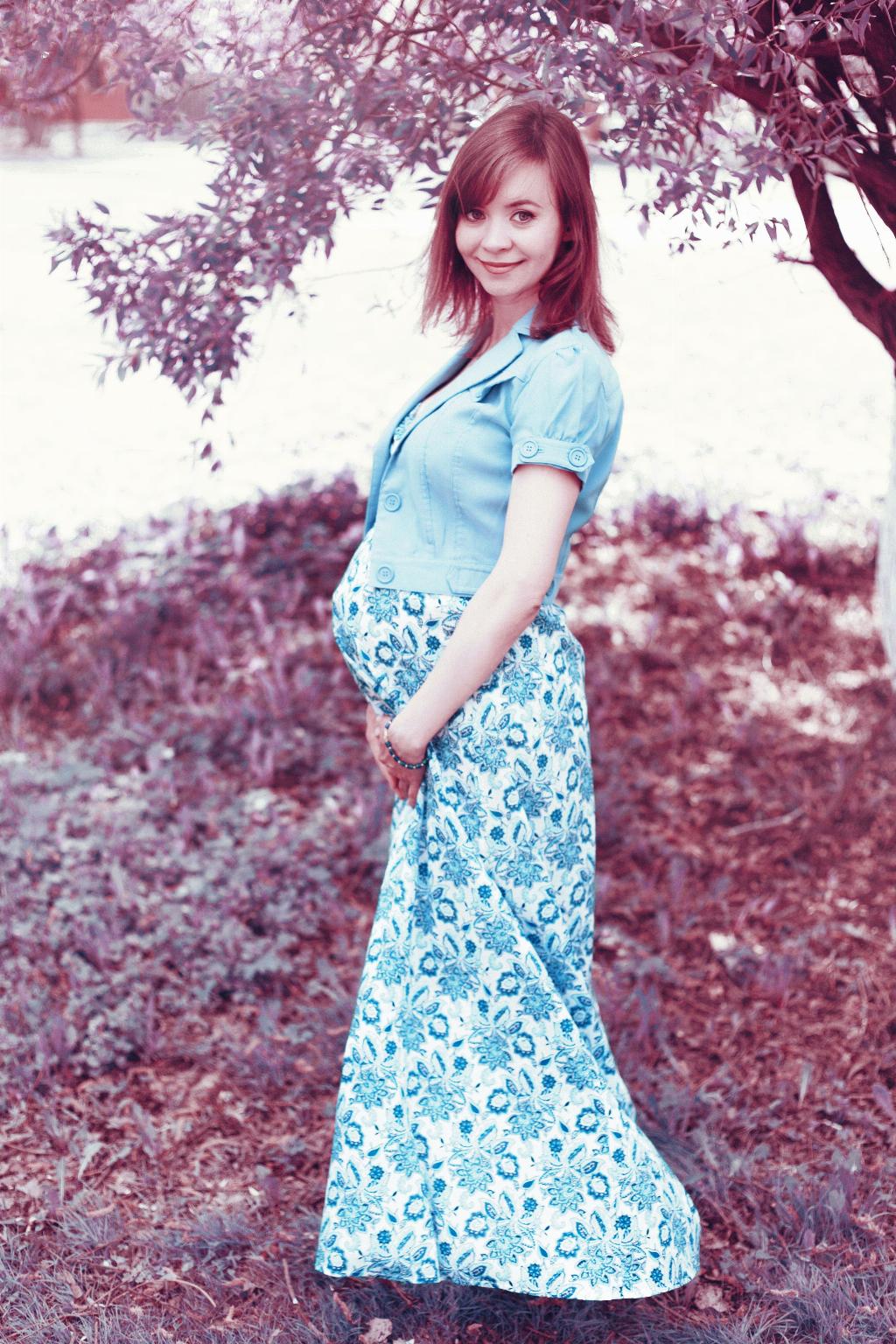When it comes to the health and development of newborns, one important factor that healthcare providers pay close attention to is head circumference (HC). HC measurements can provide valuable insights into a baby boy’s growth and development in the early stages of life.
On average, a newborn baby boy typically has a slightly larger head circumference compared to baby girls. This is due to the natural variations in growth and development between the two genders. However, the difference in HC between baby boys and baby girls is minimal, with boys’ heads being only slightly larger by less than half an inch or 1 cm.
Measuring a baby boy’s head circumference is a standard practice in pediatric care, as it can help healthcare providers track the baby’s growth patterns and identify any potential issues early on. The average HC of a newborn baby boy is around 13.47 inches or 34.2 cm, which increases to approximately 14.53 inches or 36.9 cm by the time the baby reaches 1 month old.
It’s essential to note that HC measurements are just one aspect of a baby boy’s overall growth and development. While variations in head circumference can occur, they are usually within the normal range for healthy babies. However, significant deviations from the average HC measurements may warrant further evaluation by a healthcare professional to rule out any underlying health concerns.
Factors such as genetics, nutrition, and overall health can influence a baby boy’s head circumference. Ensuring that the baby receives proper nutrition, regular check-ups, and adequate support for healthy growth and development are crucial elements in promoting a baby boy’s overall well-being.
During routine infant check-ups, healthcare providers will measure the baby’s head circumference and compare it to standardized growth charts to assess the baby’s growth trajectory. Any deviations from the expected growth patterns may prompt further investigations or interventions to address potential concerns.
It is important for parents and caregivers to be aware of the significance of HC measurements in monitoring a baby boy’s growth and development. By keeping track of these measurements and discussing any concerns with healthcare providers, parents can ensure that their baby boy receives the necessary care and support for optimal growth and development.
While variations in head circumference among baby boys are normal, consistent monitoring and timely interventions can help address any underlying issues that may affect the baby’s health and well-being. By working closely with healthcare providers and staying informed about the importance of HC measurements, parents can play a proactive role in promoting their baby boy’s overall health and development.
In conclusion, understanding HC measurements and their significance in monitoring a baby boy’s growth and development is essential for ensuring that the baby receives the necessary care and support for optimal health and well-being. By prioritizing regular check-ups, open communication with healthcare providers, and a supportive environment for growth, parents can help their baby boy thrive and reach his full potential.

